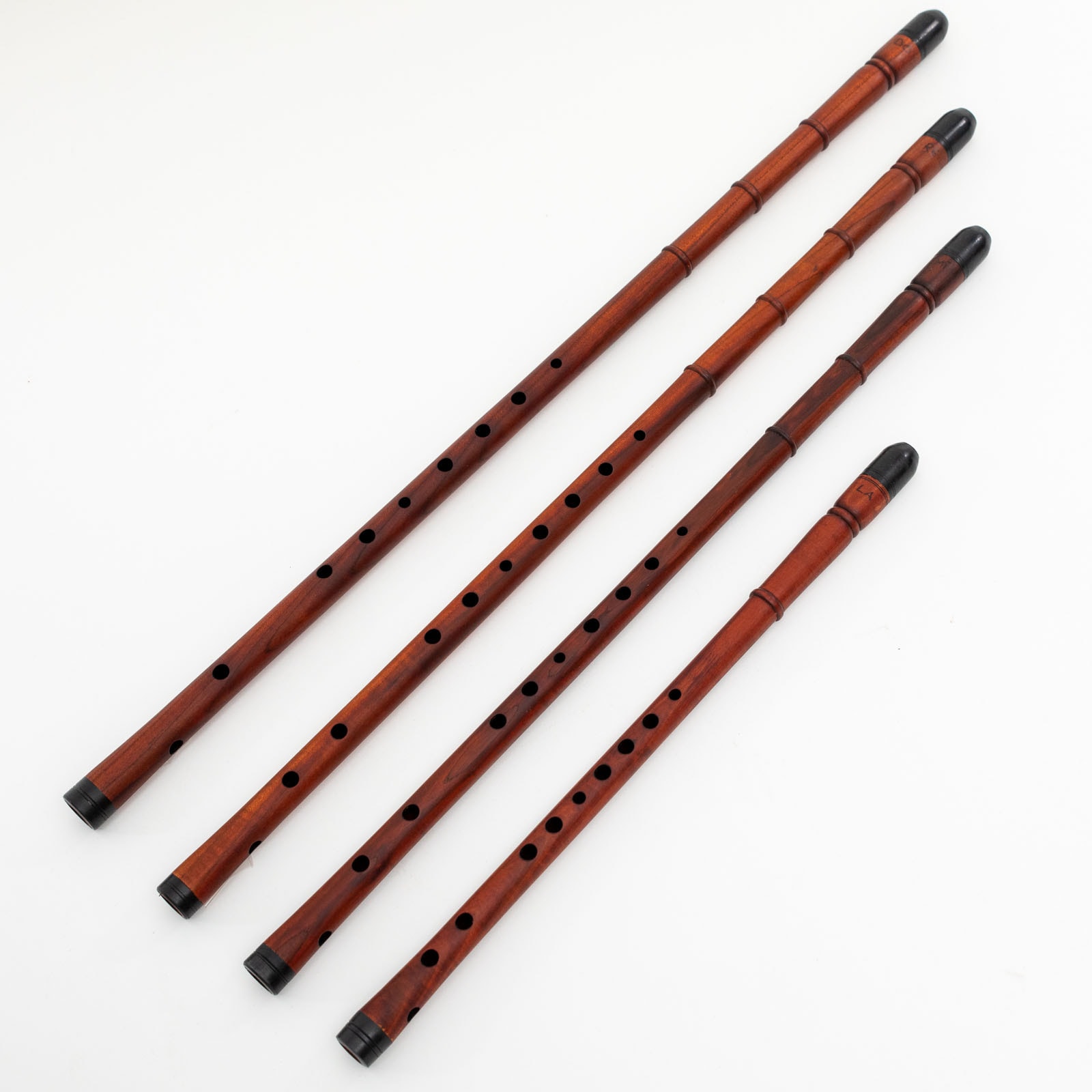Dilli Kaval
Woodwinds
Asia
Between 0 and 1000 AD
Video
The term “Dilli” translates to “tongued” in Turkish, referring to the instrument’s use of a duct, which differentiates it from the rim-blown kaval. This design allows for easier sound production and control over pitch, similar to instruments like the penny whistle. The Dilli Kaval is a traditional fipple flute originating from Turkey and Azerbaijan, recognized for its unique construction and sound.
Historical Context
Origins
The Dilli Kaval is believed to have been used since ancient times, with its origins tracing back to the Scythian and Saka Turks around 800 B.C.. This places its first known use in the Iron Age, when similar wind instruments were prevalent among pastoral cultures in Central Asia and the surrounding regions.
The Dilli Kaval is part of the broader family of kaval instruments, which have been played throughout the Balkans and Anatolia for centuries. The kaval itself is associated with shepherds and pastoral life, traditionally used to accompany herding activities.
Construction
Typically made from woods such as plum, ebony, or apricot, the Dilli Kaval features seven finger holes on the front and one thumb hole on the back. The lowest hole is rarely covered during play. This design enables a range of notes to be produced by varying breath pressure.
Cultural Significance
While historically a shepherd’s instrument, the Dilli Kaval has evolved into a popular choice in folk music ensembles and solo performances. It is celebrated for its melodic capabilities and is often featured in various regional musical styles.
Modern Usage
Today, the Dilli Kaval is handmade in both soprano (C) and alto (A) versions, capable of producing all 12 chromatic tones from Low A to High G#. Its versatility allows it to be used in diverse musical contexts, maintaining its relevance in contemporary folk music. It is typically played in Turkish music through a combination of traditional techniques and expressive performance styles. Here’s how it is commonly utilized.
How does the Dilli Kaval Play
Playing Technique
- The Dilli Kaval is a fipple flute, meaning sound is produced by blowing air into the mouthpiece, which directs the airflow into a duct. Players control the pitch and tone by adjusting their breath pressure. A gentle blow produces lower notes, while a stronger blow yields higher pitches.
- The instrument features seven finger holes and one thumb hole. Players cover these holes to create different notes, with the lowest hole often left uncovered. The fingering technique allows for a range of approximately two to three octaves, enabling musicians to play melodies and ornamentations typical in Turkish folk music.
- Musicians often incorporate various ornamentation techniques, such as trills and grace notes, to enhance expressiveness in their playing. This is crucial in Turkish music, where emotional expression is highly valued.
Musical Context
Folk Music: The Dilli Kaval is predominantly used in folk music settings, often accompanying dances and traditional songs. It is particularly associated with pastoral life and shepherding culture, reflecting its historical roots.
Ensemble Performance: While it can be played solo, the Dilli Kaval is frequently used within ensembles alongside other traditional instruments like the drum (davul) or string instruments (like the saz). This collaborative approach enriches the overall sound and allows for complex musical dialogues.
Regional Variations: The style of playing may vary by region within Turkey, reflecting local musical traditions and influences. For instance, in the Black Sea region, specific performance techniques may be employed that differ from those in central or eastern Turkey.
Modern Adaptations
In contemporary settings, the Dilli Kaval has found its place not only in traditional folk music but also in modern compositions and performances. Musicians are increasingly experimenting with the instrument’s capabilities, blending traditional melodies with contemporary genres.
The Dilli Kaval is played through skilled breath control and fingering techniques, allowing for expressive melodies that are integral to Turkish folk music traditions. Its versatility enables it to be used in both solo and ensemble contexts, maintaining its cultural significance across generations.
FAQ
When were dilli kavals invented?
The dilli kaval is mostly used in Turkey, particularly in Anatolian folk music. It is a traditional shepherd’s flute, often played in rural areas to accompany dances, storytelling, and pastoral scenes. The instrument is also used in modern Turkish folk ensembles to preserve and celebrate its cultural heritage.
How does the construction of the dilli kaval affect its pitch and tone?
The construction of the dilli kaval directly affects its pitch and tone. Its design includes a series of finger holes that allow the player to control the length of the vibrating air column. By covering or uncovering these holes, the player can alter the pitch. The cylindrical body and materials used in the dilli kaval's construction contribute to its distinct, clear, and bright tonal quality, making it a versatile instrument in folk and classical music.
How does the whistle on the dilli kaval influence its sound?
The whistle, or fipple, on the dilli kaval directs the airflow precisely over the edge inside the flute, creating vibrations that produce sound. This mechanism ensures easier sound production and consistent tone quality. The design of the whistle influences the brightness and clarity of the instrument’s sound, making it accessible to players while maintaining its characteristic melodic tone.
 Links
Links
References
Other Instrument
Categories


















